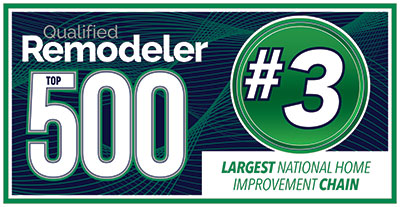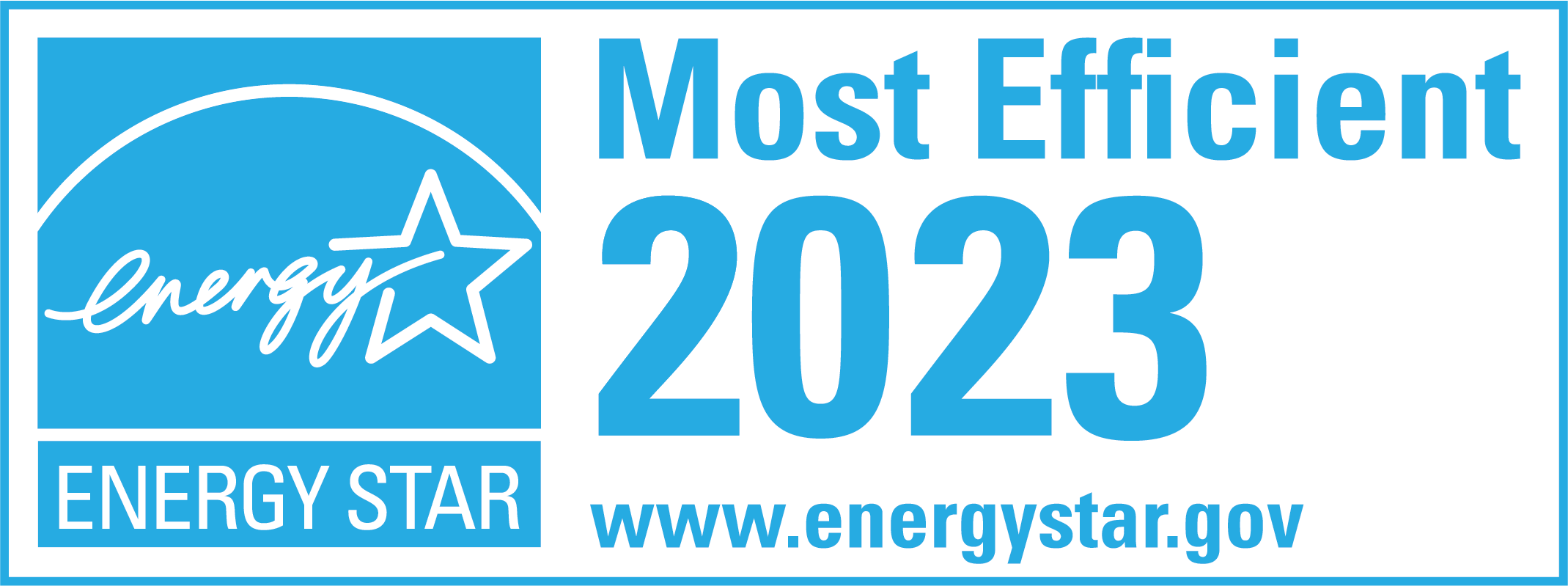What is Annealed Glass?
You might notice different types of glass in your new windows when buying replacement windows. From tempered and laminated to annealed glass, each class offers something different. While tempered and laminated are used sparingly throughout your home, the most common type of glass often found in replacement windows is annealed. In this article, we’ll explain what annealed glass is, how it’s made, and why it’s a wise choice for various applications.
What is Annealed Glass?
Annealed glass is a type of standard float glass that is created through a specific manufacturing process. This process involves cooling the glass gradually, at a controlled rate, to relieve any internal stresses and make it more durable. This process makes annealed glass known as “standard” or “conventional” glass.
The Annealing Process
The annealing process is a critical step in the production of annealed glass. It begins by forming a large molten glass sheet on a float line. The glass is then carefully cooled in an annealing oven and held at around 600 degrees Celsius for several hours. The glass is gradually cooled to room temperature, allowing it to become tempered evenly throughout. This process helps to relieve any internal stresses that may have developed during manufacturing, making the glass more durable and less prone to breaking.
Once the annealing process is complete, the finished product is a sheet of standard glass, typically around 4-6 millimeters thick. This makes it suitable for multiple applications, from windows and doors to shelving and tabletops.
Characteristics of Annealed Glass
While annealed glass is the most common type of glass used in residential and commercial applications due to its affordability and versatility, it does have some limitations. For example, it is less strong than other glass types, making it unsuitable for specific applications. It’s also more prone to breaking than tempered glass, commonly used in car windows and shower doors.
Despite these limitations, there are many advantages to using annealed glass in specific applications. For one, it is more affordable than tempered glass, making it a popular choice for budget-conscious consumers. Additionally, annealed glass can be cut and shaped more easily than tempered glass, which makes it an excellent option for custom glass projects.
Overall, annealed glass is a versatile and durable option for various applications. Whether you’re looking to install new windows in your home or create a custom glass tabletop, annealed glass is a great choice that offers both affordability and durability.
Advantages of Using Annealed Glass
One of the main advantages of annealed glass is its cost-effectiveness. Compared to other types of glass, it is relatively inexpensive to produce, making it an excellent choice for projects with tight budgets. It’s also very versatile, meaning it can be used in different applications, from simple glass panels to large structural projects.
Improved Durability
While annealed glass may not be as strong as tempered or laminated glass, it is still a durable and reliable option for many applications. Annealed glass is created by slowly cooling the glass, which helps to reduce internal stresses and improve its overall strength. This process makes it less likely to break or shatter, making it a safe choice for many projects.
Cost-Effectiveness
As mentioned earlier, annealed glass is an excellent option for those with budget concerns. It’s one of the most affordable types of glass on the market, making it accessible to a wide range of people and businesses. Additionally, because it is relatively easy to produce, it can be quickly and efficiently manufactured, reducing production costs even further.
Versatility in Applications
The most significant advantage of annealed glass is its versatility. It can be used in various applications, from residential windows to glass shelving and tabletops. It’s also a popular choice for decorative glass panels, such as those in-store displays or home decor. Because annealed glass can be cut to any size or shape, it’s easy to customize to fit your needs. This makes it a go-to choice for architects, designers, and builders who need a reliable and flexible material for their projects.
Easy to Work With
Another advantage of annealed glass is that it is easy to work with. Because it is not as hard or brittle as tempered or laminated glass, it can be cut, drilled, and shaped more easily. This makes it a popular choice for DIY projects or those who want to customize their glass without professional help. Additionally, annealed glass can be easily cleaned and maintained, making it a low-maintenance option for many applications.
Conclusion
Overall, annealed glass is cost-effective, durable, and versatile for many applications. Whether you’re looking for a simple solution for your home or a reliable material for a large-scale project, annealed glass is a wise choice that won’t break the bank. With its many advantages and easy-to-work-with nature, it’s no wonder that annealed glass is a popular choice for architects, designers, and homeowners alike.
Comparing Annealed Glass to Other Glass Types
While annealed glass has many unique advantages, comparing it to other common glass types is essential to see where it fits in the broader market. Understanding the differences between these glass types can help you decide when to select the right glass for your project.
Annealed Glass vs. Tempered Glass
Tempered glass is often used when safety is a significant concern, such as car windows and shower doors. It’s much stronger than annealed glass, making it ideal for high-stress applications. Tempered glass is created by heating annealed glass to a high temperature and then rapidly cooling it, which creates a glass that is four to five times stronger than annealed glass. However, tempered glass is also much more expensive, making it a less attractive option for some applications.
While tempered glass is stronger, it has some limitations. It can’t be cut or drilled once it’s been tempered, so it must be cut to the correct size and shape before it’s tempered. Tempered glass is also more prone to spontaneous breakage due to nickel sulfide inclusions, which can cause the glass to break without warning.
Annealed Glass vs. Laminated Glass
Laminated glass is used in applications where safety and security are essential, such as bulletproof windows and doors. It consists of two or more layers of glass bonded together with a layer of plastic. While laminated glass is incredibly strong, it’s also cumbersome and expensive, making it less suitable for some applications.
Laminated glass is created by sandwiching a layer of plastic between two or more layers of glass and bonding them with heat and pressure. The plastic coating holds the glass together if it’s broken, which makes it an excellent choice for applications where safety is a concern. Laminated glass also effectively reduces noise and blocks ultraviolet (UV) radiation.
Common Applications of Annealed Glass
Now that we’ve covered the characteristics and advantages of annealed glass let’s delve deeper into some of its most common applications:
Residential Windows
The most common use for annealed glass is in residential windows. Due to its affordability and versatility, it is a popular choice for window manufacturers. Annealed glass provides excellent insulation against outside noise and temperature fluctuations, making it an energy-efficient option for homes. Additionally, it is easy to clean and maintain, making it a practical choice for busy households. Moreover, annealed glass can be customized to fit any window size and shape, making it a flexible option for architects and builders. It can also be combined with other types of glass, such as tempered or laminated, to provide added strength and security.
Decorative Glass Panels
If you want an eye-catching way to add personality and character to your home or office, annealed glass decorative panels might be the perfect solution. Annealed glass can be transformed into a work of art with various colors, textures, and finishes available. Decorative glass panels can be used for various purposes, including room dividers, wall art, and doors. They can also create a unique focal point in any space. Whether you prefer a minimalist or bold and colorful design, annealed glass decorative panels can be customized to fit your style.
Conclusion
Whether you’re looking for affordable and versatile glass for windows or a stunning decorative panel to spruce up your living space, annealed glass is an excellent choice. While it may be stronger than tempered or laminated glass, its affordability and versatility make it an attractive option for many applications. Please consult a glass professional to determine which glass type is best.
Please call us at 214-399-9592 to discuss window pricing and availability across the DFW metroplex.






